

|


|
|
1/10 Scale Electric Buggy:
Yokomo B-Max2 MR Ver.2
|
Introduced by Team Yokomo circa 2013, the 2WD B-Max2 MR version 2 Buggy - B-MAX2MR2 - was designed so the motor could be positioned either inboard or rear overhang.
The model was based on an alloy plate chassis, with a gear type differential, coil spring over oil filled dampers, slipper clutch, universal joint drive-shafts and a full set of ball bearings.
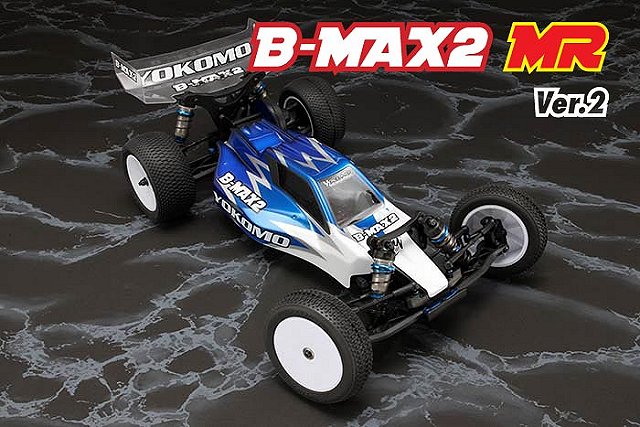
To race the Yokomo B-Max2 MR Ver.2, it must be fine tuned to improve handling, provide responsive steering and give you the grip to cruise around corners at high speed, without slipping off the track. Small adjustments can make a Big difference and our step by step procedure, will guide you to the best Set-up for your individual driving style.








|
|
|

★ Yokomo B-Max2 MR V2 ★
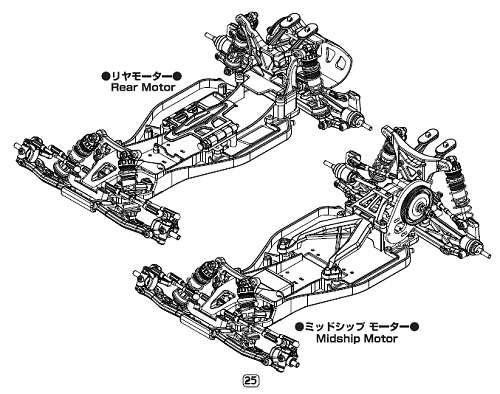
★ Yokomo B-Max2 MR V2 Chassis★
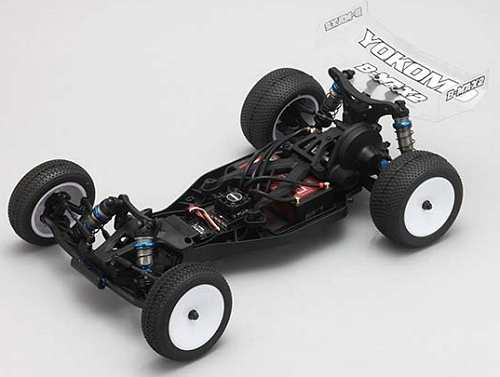
★ Yokomo B-Max2 MR V2 Chassis ★
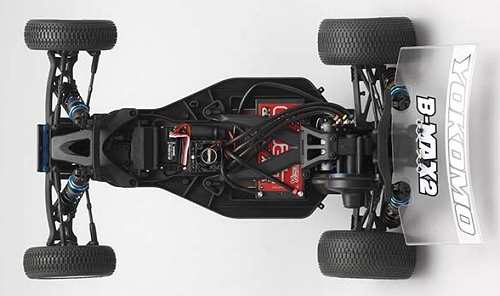
★ Yokomo B-Max2 MR V2 Chassis ★
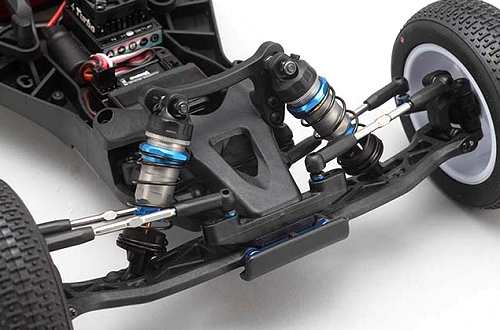
★ Yokomo B-Max2 MR V2 Chassis ★
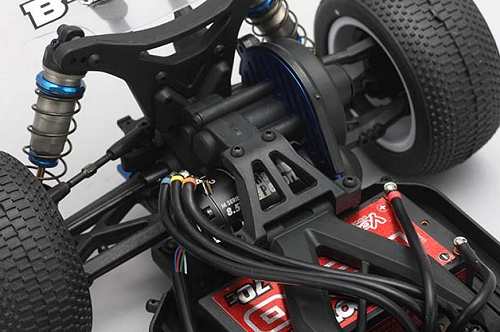
|
Buying a Used Yokomo B-Max2 MR Buggy (and What to look for)
Make a General Visual Inspection
Check the Body-Shell
If the body shell of your Yokomo B-Max2 MR is broken, ripped or damaged in any way, this can be easily repaired with rubber solution glue. Also, for added protection and if available for your B-Max2 MR model, fit an under guard to stop dirt and gravel entering the chassis. Drive Shafts and Turnbuckles
Examine the Drive System
The gearbox of your used Buggy should be opened up to check for gear wear and lubrication. A thin coat of grease is often used on internal gears and although this is fine for basic running around on the back yard, if you intend to race your Buggy at a higher level, this should be removed and replaced with racing oil (ZX1 or Teflon Oil). Of course, this should be reapplied after each race meeting. Pinions and Spur Gears
Don't Neglect the Ball-Joints
Ball joints always cause problems. For top level Electric Buggy racing, the plastic ball connectors should be checked and if deemed necessary changed after every meeting. A simple thing like a loose fitting connector popping off could easily end your race, so better safe than sorry. Steering Servo and Servo-Saver
Stabilizers
If body roll on your Yokomo B-Max2 MR is a problem, handling can be improved with the use of stabilizers, anti roll or sway bars, stiffer tuning springs and, or, thicker silicone oil in the dampers. Don't Forget those Bearings
▼ Scroll Down for More Articles and Advice ▼
Or, check out our RC Model Car Setup Guide
|
|
Manufacturers and Brands Catalogued, Listed and Reviewed by RC-Scrapyard.
At present, the RC Model Manufacturers, Brands and Distributors covered by us are: ABC Hobby, Academy, Acme Racing, Agama Racing, Amewi, Ansmann Racing, ARRMA, Team Associated, Atomic RC, Axial, AYK, Bolink, BSD Racing, Capricorn, Carisma, Carson, Caster Racing, Cen, Corally, Custom Works, Durango, Duratrax, ECX - Electrix, Exceed RC, FG Modellsport, FS-Racing, FTX, Fujimi, Gmade, GS-Racing, Harm, HBX, Helion, Heng Long, Himoto Racing, Hirobo, Hitari, Hobao, Hong-Nor, Hot Bodies, HPI, HSP, Intech, Integy, Jamara, JQ Products, Kawada, Kyosho, Losi, LRP, Maisto, Mardave, Marui, Maverick, MCD Racing, Megatech, Mugen, New Bright, Nichimo, Nikko, Nkok, Ofna, Pro-Pulse, Protech, PTI, RC4WD, Redcat Racing, RJ-Speed, Robitronic, Schumacher, Seben, Serpent, Smartech, Sportwerks, Step-Up, Tamiya, Team-C Racing, Team Magic, Thunder Tiger, Tomy, Top Racing, Traxxas, Trinity, Tyco, Vaterra RC, Venom, VRX Racing, WLToys, X-Factory, Xmods, Xpress, Xray, XTM, Yankee RC, Yokomo, ZD Racing and Zipzaps. |
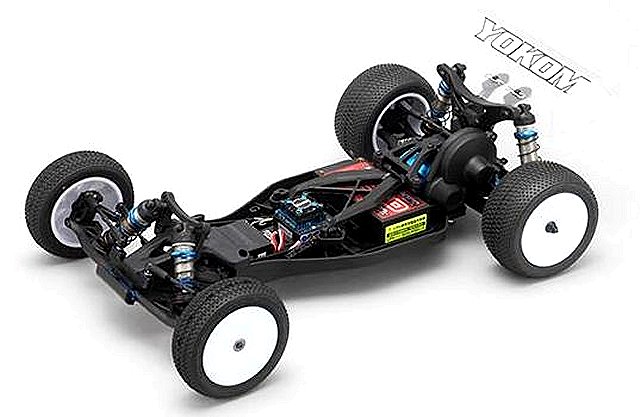
|
Hints, Tips and Information Electric Motors for RC ModelsWinds and Turns
Q/ What does 15x2 or 17x3 mean? |
|
Hints, Tips and Information
Damper Pistons
When you first build your RC model, you will sometimes find that there are a number of different pistons in the kit, with varying numbers of holes or hole sizes in them. Generally, the manufacturer will suggest one particular piston in the car manual, and may provide you with a mid range oil weight, but depending on the type of terrain you intend to race your model, their suggestion may not be the best for your needs. |
|
RC Models:
|
Radio & Motors: |
Other
Accessories: |